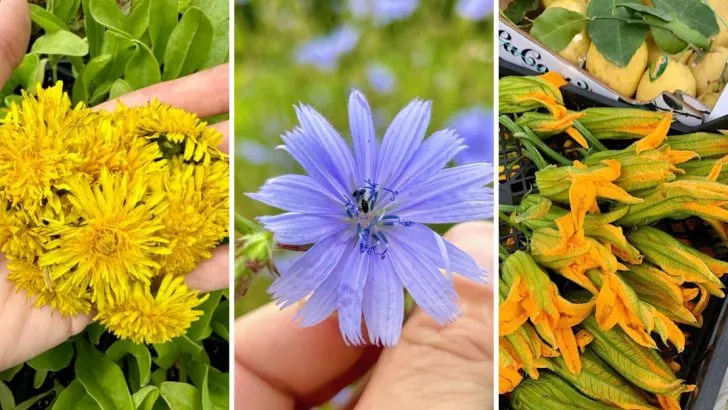Nature is full of surprises, especially when it comes to what’s edible. Beyond the fruits and vegetables you see at the store, there’s a world of plants and flowers that are not only safe to eat but can also add unique flavors, textures, and colors to your meals.
Whether you’re looking to expand your palate, create stunning garnishes, or explore foraging, these 13 edible plants and flowers might just change the way you see your garden. From savory greens to sweet blossoms, discover the hidden culinary treasures growing right under your nose.
Dandelion
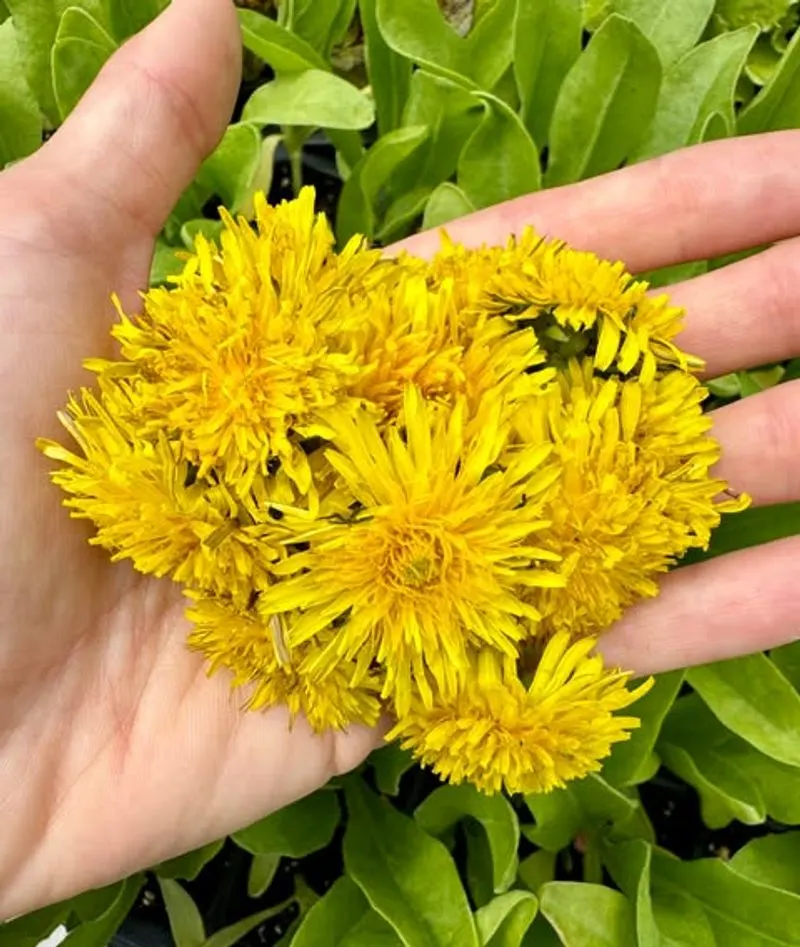
Often considered a pesky weed, this humble plant is packed with nutrients. Leaves, flowers, and roots can all be consumed. The leaves offer a slightly bitter taste, perfect for salads. Flowers can be used to make dandelion wine or jelly. Roasted roots serve as a caffeine-free coffee substitute. Rich in vitamins A, C, and K, they provide a health boost. Finding them in your backyard makes it an accessible option. Explore its versatility in various recipes. A natural diuretic, it aids in digestion, making it both a flavorful and functional addition to your diet.
Nasturtium
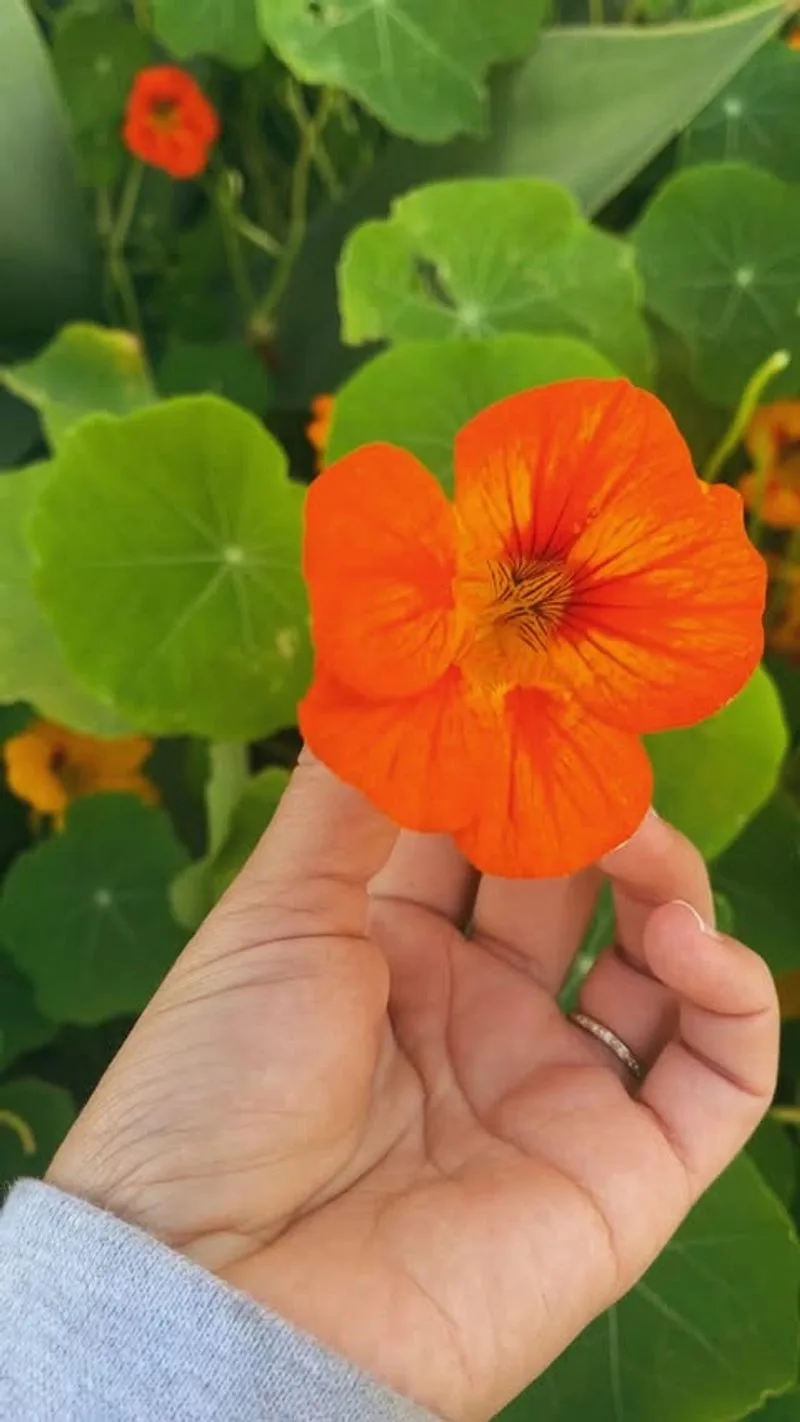
With bright blossoms in shades of orange, red, and yellow, it adds color to any dish. Both flowers and leaves are edible, offering a peppery flavor reminiscent of watercress. Scatter them over salads for a pop of color and spice. Not just a pretty face, nasturtiums are rich in vitamin C. They also contain natural antibiotic properties. Their climbing nature makes them a favorite in gardens. Incorporate them into your meals for both visual appeal and health benefits. Their unique taste can elevate simple dishes, making them a must-have in culinary experiments.
Daylily
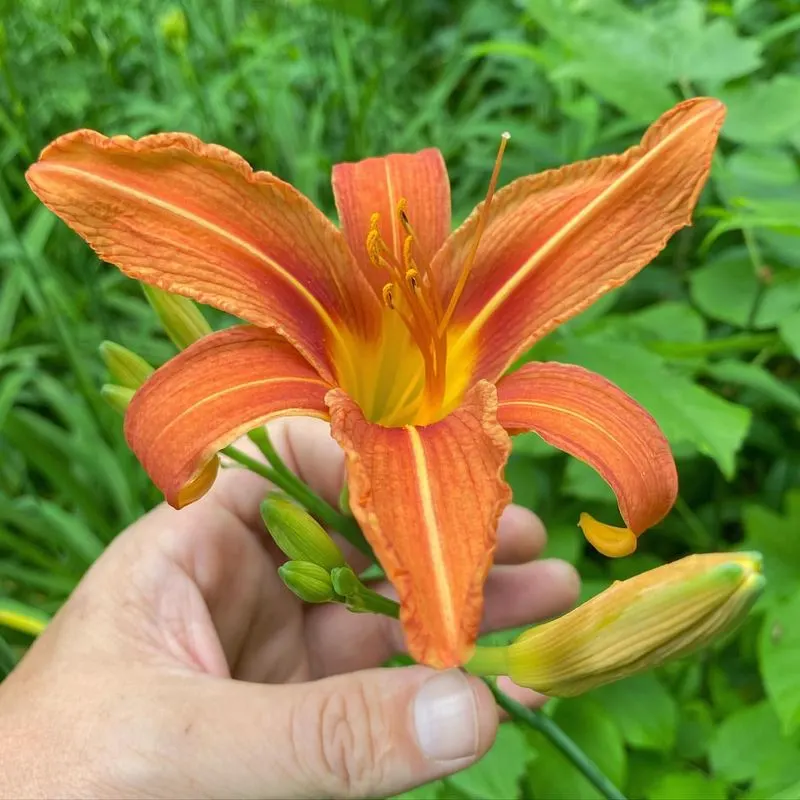
These eye-catching blooms are not only beautiful but also edible. The buds and petals are the main parts used in cooking. Buds, when sautéed, offer a sweet, asparagus-like flavor. Fresh petals add a splash of color and texture to salads. Daylilies are a staple in Chinese cuisine, often used in soups. They provide a crunch that enhances various dishes. Ensure correct identification, as not all lilies are edible. With their versatile taste and stunning appearance, they’re a delightful addition to the kitchen. Perfect for those looking to experiment with flavors.
Purslane
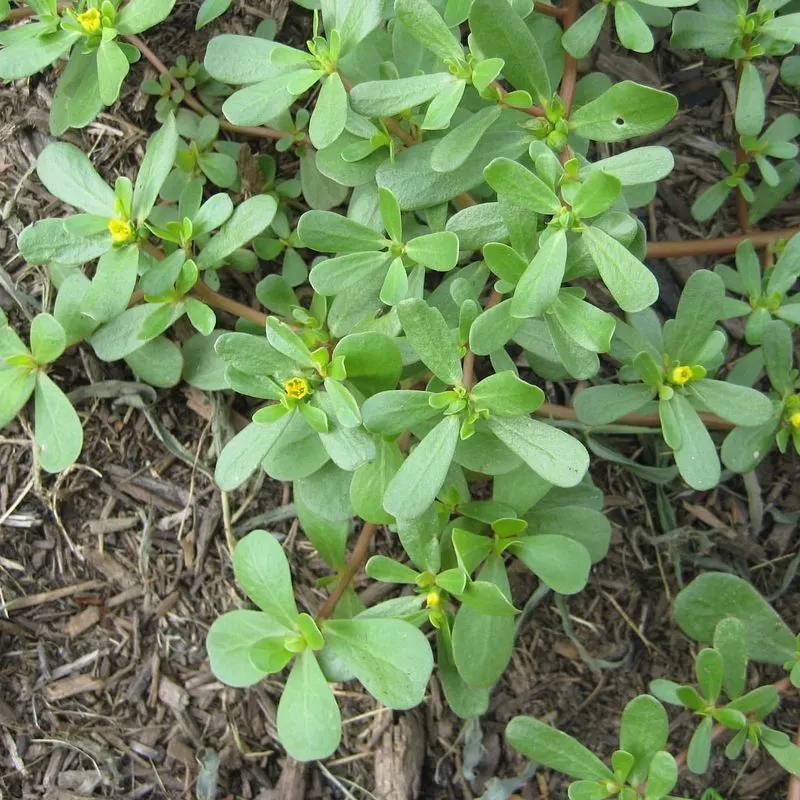
This succulent-like plant boasts a lemony, peppery flavor. Its leaves and stems can be eaten raw or cooked. Commonly found in Mediterranean and Middle Eastern dishes, it complements salads beautifully. Rich in omega-3 fatty acids, it’s a nutritious choice. One of its standout features is the ability to thrive in poor soil conditions. Perfect for adding a tangy twist to your meals. Its crunchy texture pairs well with various ingredients. Purslane’s adaptability makes it an excellent addition to any garden, offering both culinary and health benefits.
Violet
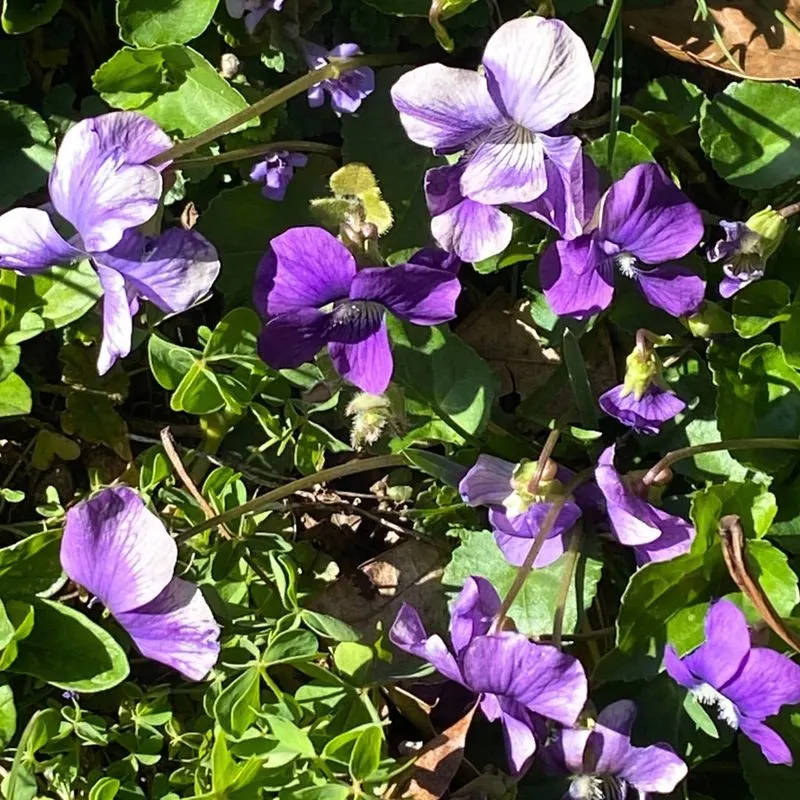
These delicate, sweet-scented flowers can be candied or added to salads. The leaves, mild in flavor, are also edible. Violets are often turned into syrups, jellies, or infused into vinegar. They’re rich in vitamins A and C. Used to soothe coughs and sore throats, they have medicinal properties. Their subtle flavor complements desserts wonderfully. With their vibrant colors, they make a beautiful garnish. Violets are a versatile addition to your culinary repertoire. They bring a touch of elegance and unexpected taste to everyday dishes.
Wood Sorrel
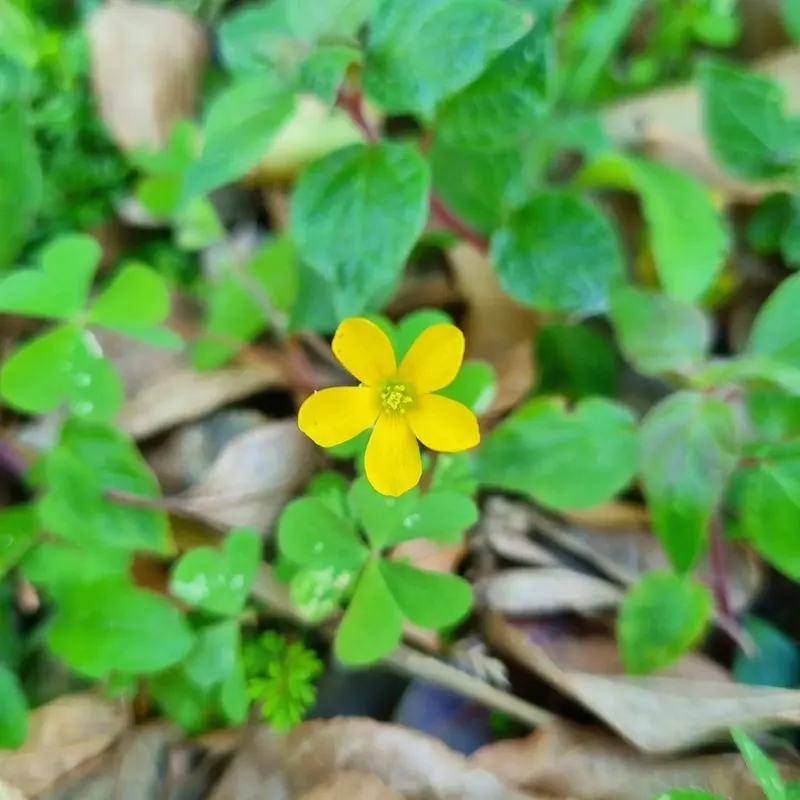
Known for its clover-like leaves, this plant has a tart, lemony taste. Both leaves and flowers are edible. They’re an excellent addition to salads, soups, and sauces. High in vitamin C, wood sorrel adds a refreshing flavor. Its tangy notes can brighten any dish. Found growing in woodlands and gardens, it’s easily accessible. Ensure proper identification before consumption. Wood sorrel offers a unique taste experience, perfect for adventurous eaters. Its bright flavor profile can enhance many recipes, making it a worthy kitchen companion.
Pineapple Sage
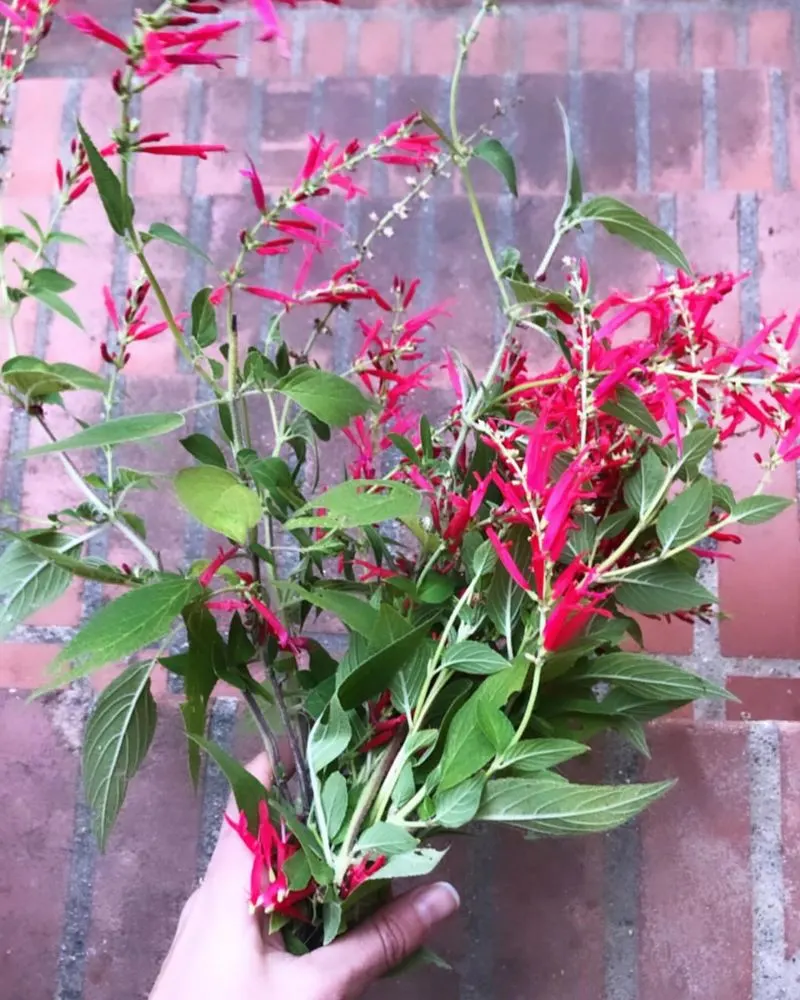
True to its name, pineapple sage exudes a fruity aroma. Leaves and vibrant red flowers are edible. The leaves add a tropical twist to teas and desserts. Flowers can garnish salads, offering mild sweetness. Known for attracting hummingbirds, it’s a garden favorite. Not just ornamental, it’s packed with antioxidants. Its unique flavor profile makes it a versatile culinary herb. Perfect for infusing syrups or creating aromatic teas. A wonderful way to introduce a hint of summer into your dishes all year round.
Chicory
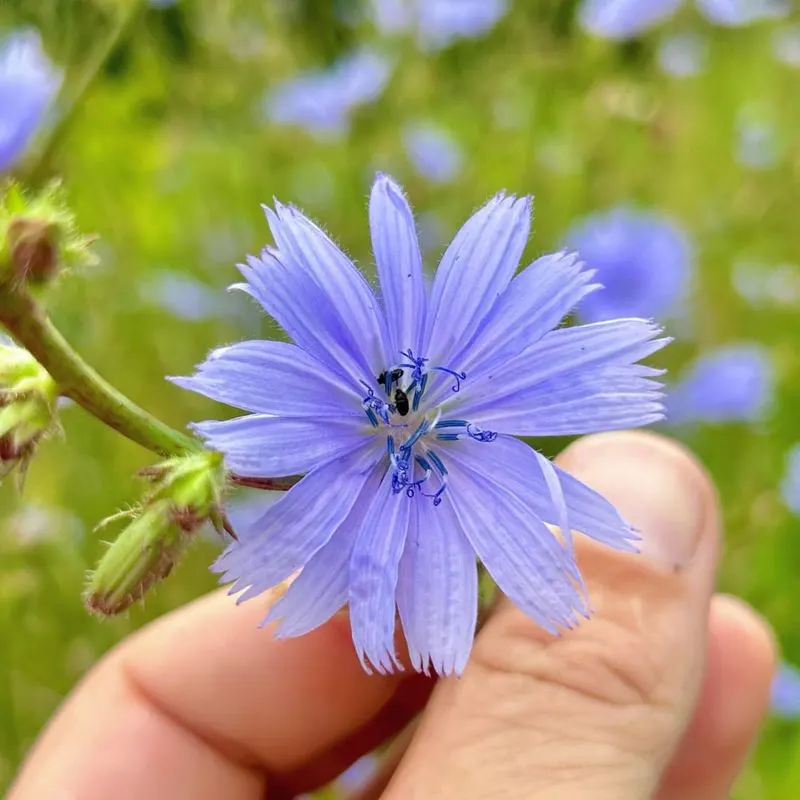
This plant is well-known for its blue flowers and bitter leaves. Leaves and roots are both edible. The leaves can be added to salads for a bitter kick. Chicory roots, when roasted, make a caffeine-free coffee substitute. Common in Italian cuisine, it complements bold flavors. Rich in inulin, it supports gut health. Its deep-rooted nature makes it drought-resistant. Perfect for those seeking robust flavors in their meals. A staple in traditional European dishes, it’s both flavorful and functional.
Borage
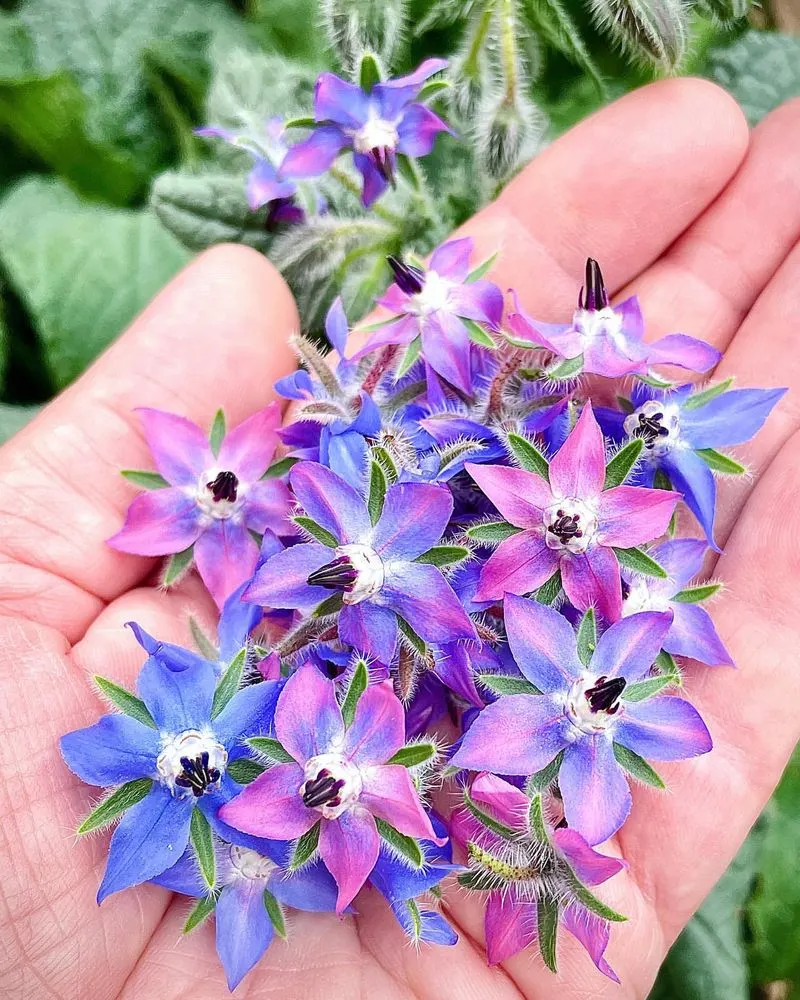
Recognizable by its star-shaped blue flowers, this herb adds a cucumber-like taste to dishes. Flowers and leaves are edible. Use them in salads, drink infusions, or as garnishes. Known for their medicinal properties, borage flowers are a source of gamma-linolenic acid. Leaves are often cooked to reduce prickliness. Their refreshing flavor pairs well with summer dishes. Borage is not just tasty, but also beneficial for the skin. Cultivating borage in your garden attracts pollinators, making it a dual-purpose plant.
Bee Balm
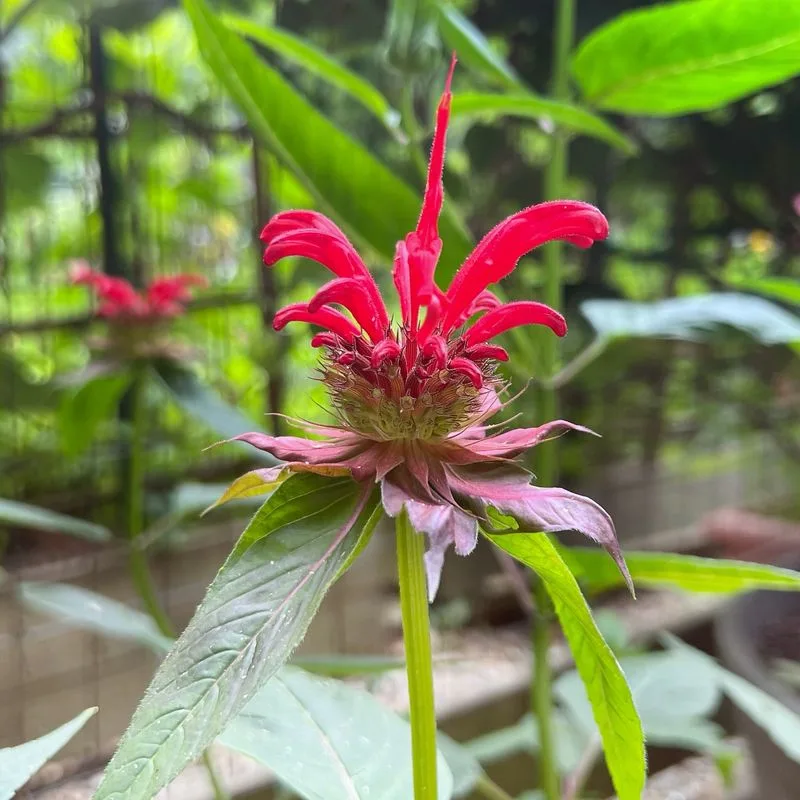
Also known as Monarda, this plant is cherished for its aromatic leaves and blossoms. Both are edible, imparting a spicy, mint-like flavor. Perfect for teas, salads, and desserts. The flowers add a vibrant color to any dish. Known for its medicinal uses, bee balm can soothe colds. Its bright flowers attract bees and hummingbirds, enhancing any garden. A versatile herb that brings both flavor and beauty to the table. Ideal for those eager to explore new culinary dimensions.
Red Clover
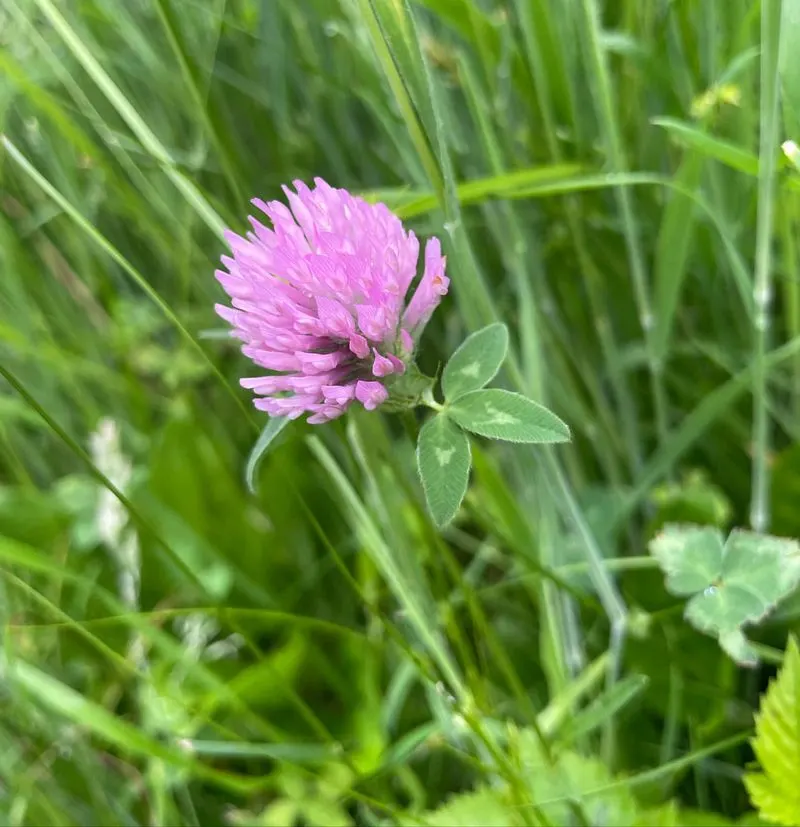
An often-overlooked edible, this plant boasts pinkish-purple flowers and trifoliate leaves. Flowers are sweet and can be used in teas, while leaves offer a subtle nutty taste. Rich in isoflavones, red clover is linked to various health benefits. It’s used as a natural remedy in herbal medicine. Incorporate it into salads or bake it into breads. Its sweet flavor and health perks make it a valuable addition to many recipes. Discover its potential as both a nutritional and culinary ingredient.
Squash Blossoms
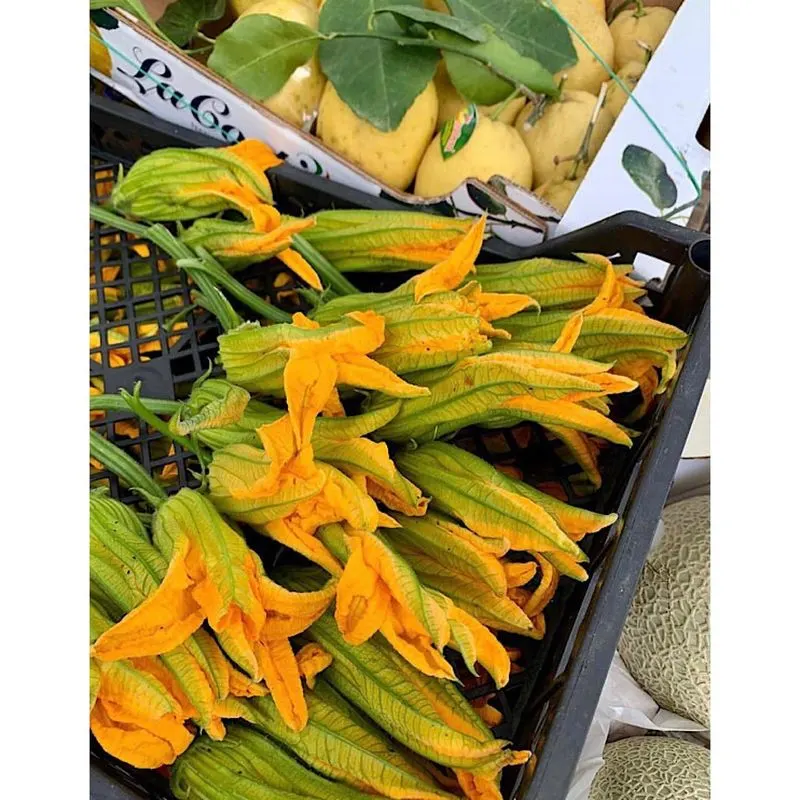
These bright flowers are a delicacy in many cuisines. With a mild, zucchini-like flavor, they’re often stuffed or fried. Squash blossoms can elevate simple dishes, adding both flavor and visual appeal. They’re popular in Italian and Mexican recipes. Rich in vitamins A and C, they provide nutritional benefits. Their delicate nature requires careful handling. A versatile ingredient that adapts to various cooking methods. Squash blossoms are a culinary delight, perfect for creative cooks seeking new ingredients.
Linden Flowers
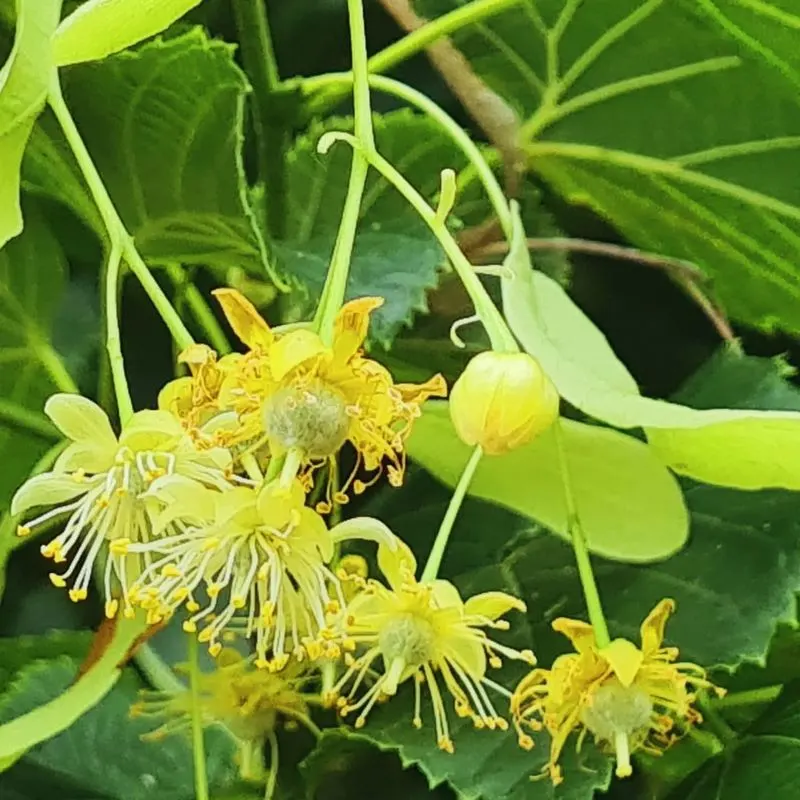
Renowned for their sweet fragrance, linden flowers are used in teas and desserts. They impart a mild, honey-like flavor. Traditionally, linden tea is consumed for its calming effects. The flowers are also used in baking and for making syrups. Rich in antioxidants, they offer health benefits alongside flavor. Linden trees are often found lining streets and parks. Discover their delicate taste in culinary experiments. These flowers bring a gentle sweetness to various dishes, enhancing both flavor and aroma.

